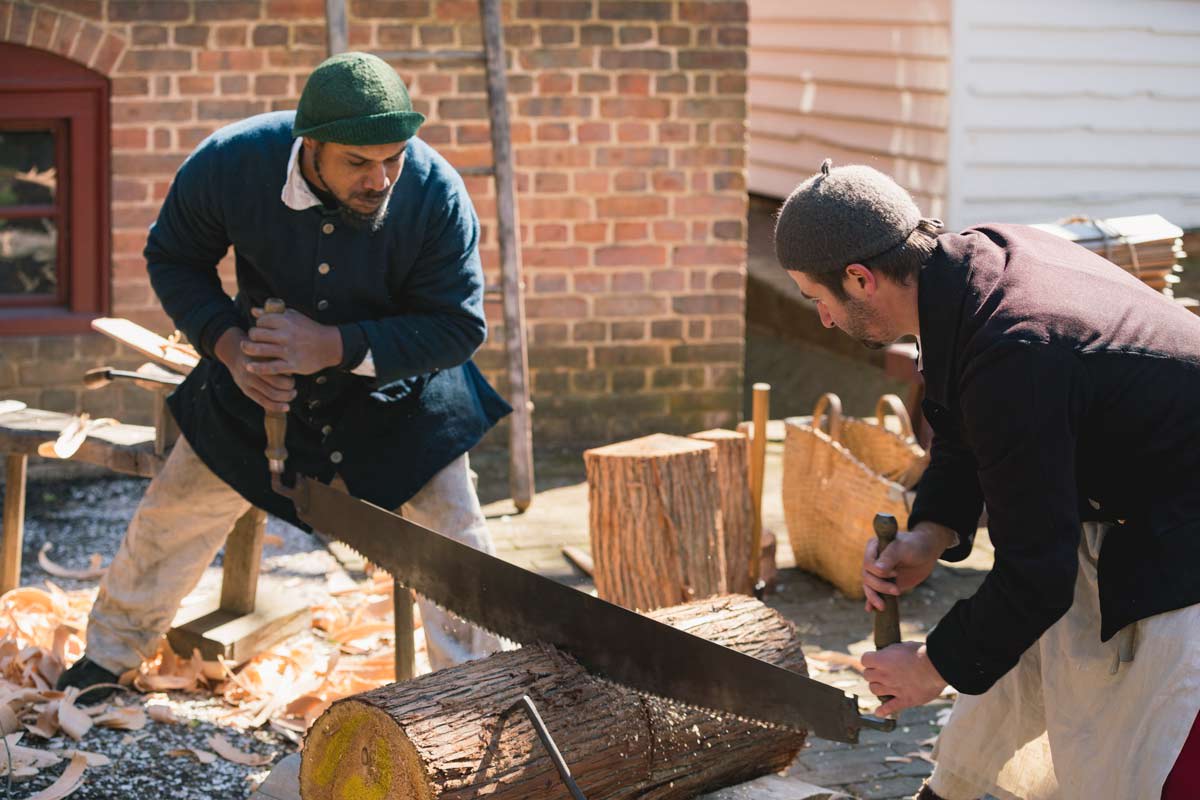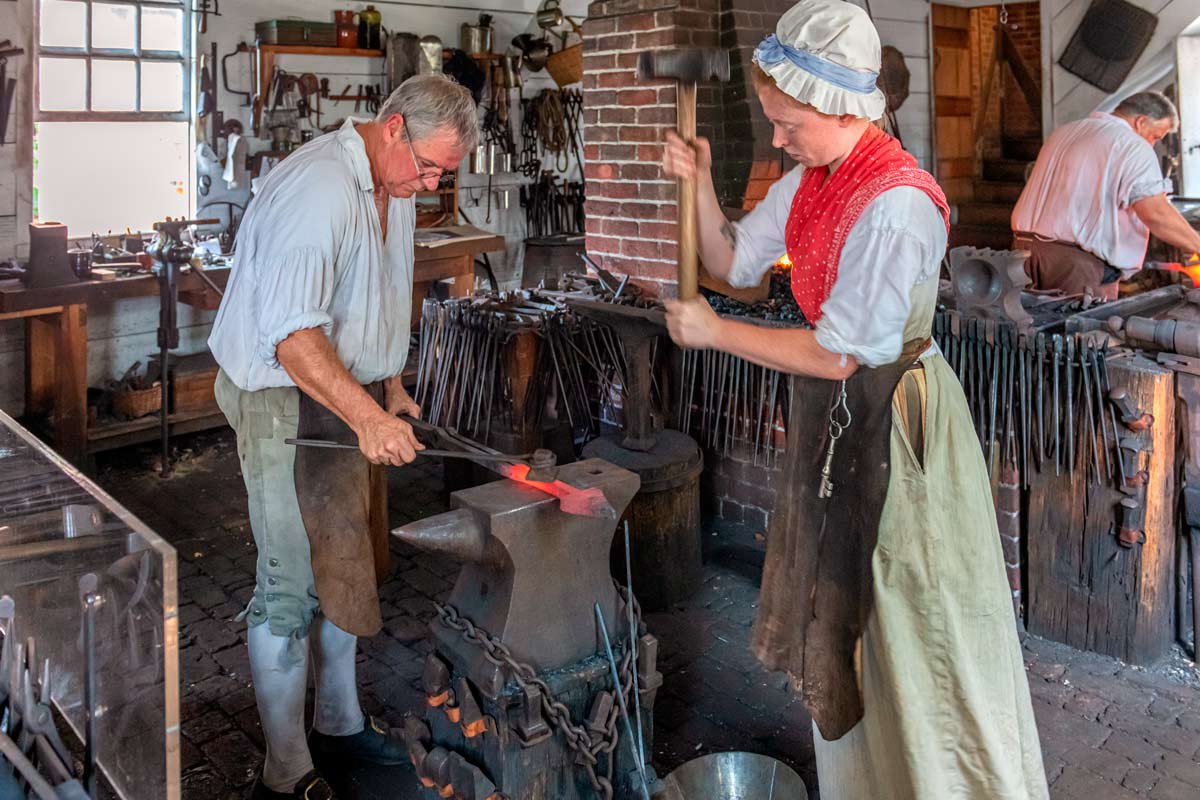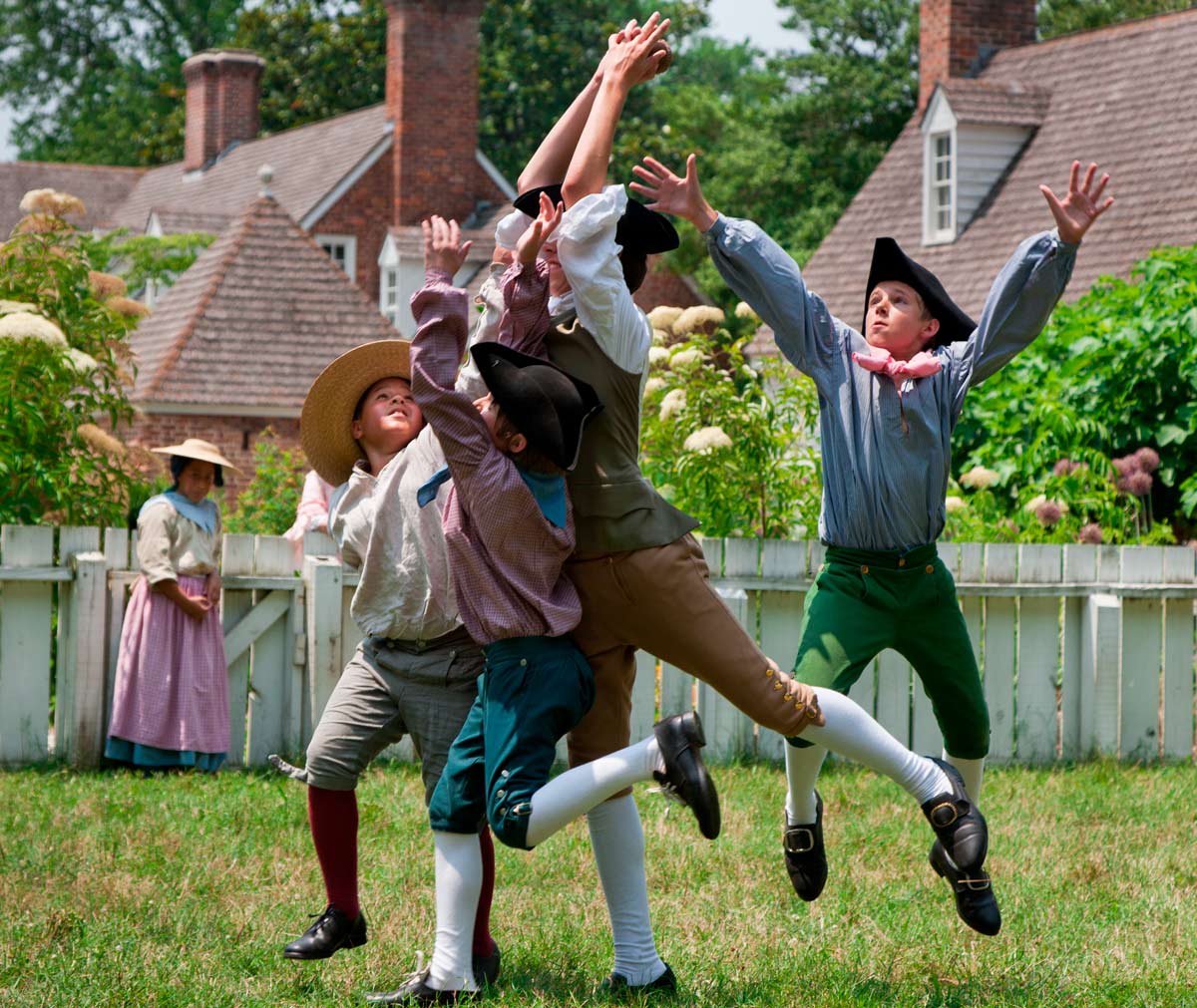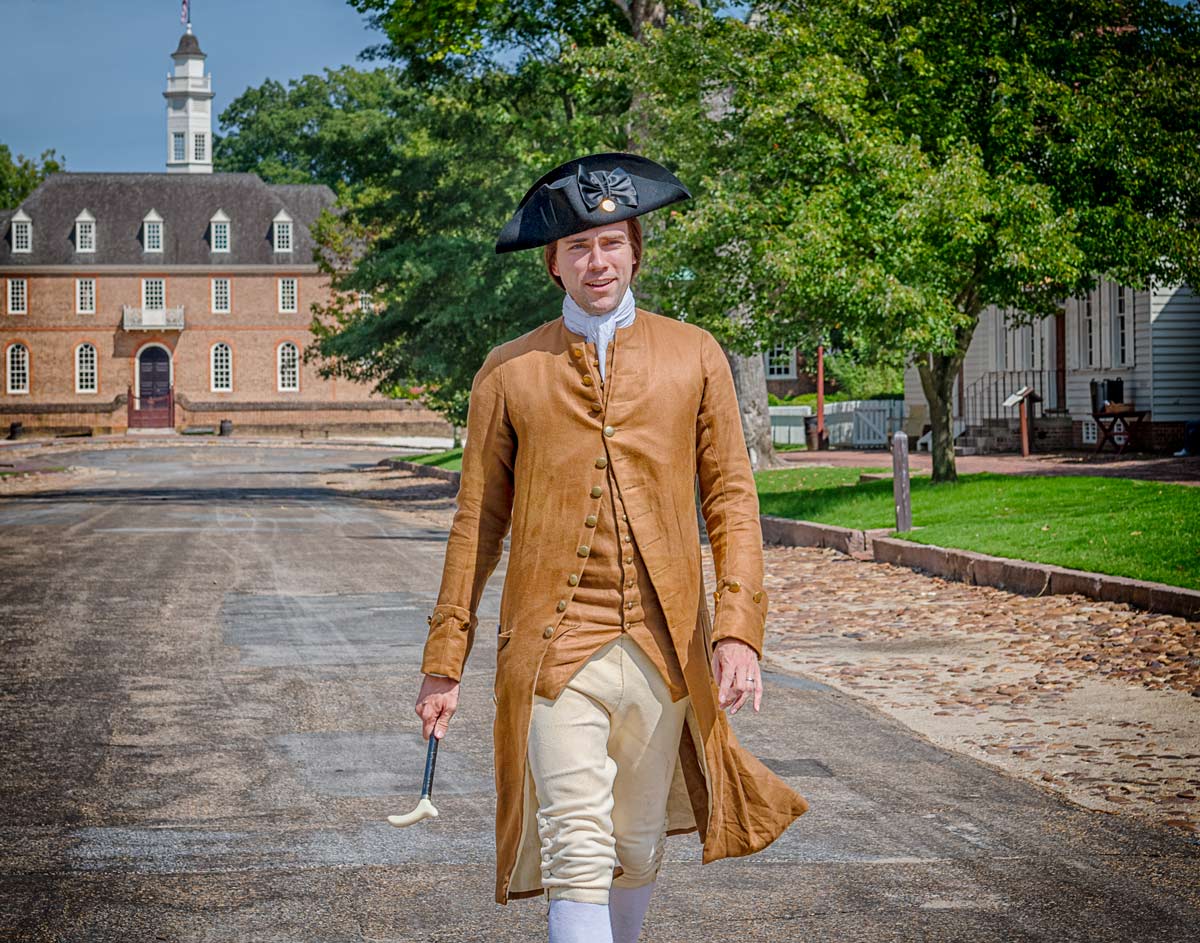Thoughts on Exercise
As the new year begins, many of us resolve to be more active in our exercise habits. What was considered exercise and how was exercise viewed in the 18th century? According to Dutch physician Steven Blankaart in 1702, “Exercise, is a most powerful, and prevalent thing to preserve Health.” Eighteenth-century medical professionals were strong proponents of exercise to maintain health and regain it after sickness and injury. They believed that an idle, sedentary life caused the muscles to relax and weaken and the blood to thicken. Whereas, physical labor was associated with strengthening the body, making it firm and active.
Many harmful effects were attributed to the lack of exercise, including morbid corpulence, apoplectic fits (strokes and heart attacks), rheumatic pains, and trouble sleeping. In the preface to his book on therapeutics, English physician Thomas Marryat (1775) stated, “Exercise is so absolutely necessary, that it is impossible to continue long free from disorders without it: nine tenths of those which are incident to human beings originate from indolence.” Francis Fuller (1705), an English medical writer, went so far as to say that exercise could cure some distempers, and Luigi Cornaro (1763), who wrote four books on the secrets to living long and well, suggested that medicine was no more than a substitute for exercise and temperance. Today we know that regular exercise can help prevent chronic medical conditions such as obesity, adult-onset diabetes, and coronary heart disease. In addition, exercise can improve sleep, and lack of sleep can contribute to obesity, heart disease, hypertension, and diabetes.
Another benefit of regular exercise is improved mental health. According to Dr. Willich in 1799, without exercise not only the body but the mind becomes more “indolent and lifeless.” Numerous studies on the psychological advantages of exercise have shown that it can decrease depression and increase energy.
Finally, exercisers experience a better quality and length of life. In 1754, Bernard Lynch wrote, “Laziness makes us soon grown old, but Exercise preserves Youth a long Time.” Without exercise, our muscle strength, muscle mass, and flexibility decrease which in turn can raise our risk to develop medical conditions that can adversely affect our ability to perform daily activities and reduce our life span.
What then constituted exercise in the 18th century? First is labor at work. In 1760, Dr. James Mackenzie observed “that those limbs of laboring men which happen to be most exercised in their respective occupations, grow proportionably larger and firmer than those limbs which are less employed.”


Exercise was defined as anything which required labor and strength to perform and “when the Breath and Pulse are accelerated, the heat is increased, the Flesh is hardened, the Perspiration and other Secretions promoted.” Walking was considered the best, most natural, and least expensive exercise. Other activities recommended were running, leaping, and swimming. Household chores including, gardening, digging, and chopping wood, were favorably viewed as exercise. Amusements such as fencing, dancing, tennis, hand ball, and playing shuttlecock counted. According to Dr. Francis de Valangin (1768) large and well-regulated cities have set aside “Play-Grounds, or Places for public Exercise, where Labourers and People who work at Particular Trades, might at certain Hours of Recreation amuse themselves with a Variety of different Attitudes in order to prevent those Disease which might arise from the particular Posture required in their Business.”

For those trying to regain their health, light activities were recommended. Riding horseback was viewed as the best for this purpose. Other light exercises included fishing, hunting, and lawn bowling. The sick, lame, and debilitated were encouraged to participate in passive exercises like riding in a carriage, sailing, and swinging.
The common thread among most of these activities is that they take place outdoors. In 1724, physician George Cheyne stated that being outside in the open air contributed to the benefits of exercise. Of course, air quality was important, so exercising in the country was preferable to doing it in town. Today, ‘green exercise’ is recognized as having some of the best health benefits because we tend to increase our activity level when outdoors and being in a natural environment helps reduce stress and improve mood. Indoor exercises were recommended during inclement weather.
Physical activity should happen once a day for at least an hour or as the individual constitution allowed, gradually increasing the length and intensity as the body strengthened. They thought morning was the best time for exercise either on an empty stomach or after a light breakfast. For those who preferred to exercise later in the day, they were advised to do it after fully digesting any meals previously consumed. Dr. Willich also directed exercisers, “to begin gently, and to finish gradually, never abruptly.”
According to 18th-century medical professionals, exercise promotes circulation, renders the body light and agile, keeps the joints pliant and moveable, abates rheumatic pains, helps digestion, rids the body of excess food and drink, fortifies the senses, and improves sleep. Dr. Willich said it best, “There are, indeed, no healthier people than those who have continual strong exercise.”
So, what are you waiting for? Stop reading and go for a walk!
Not only is Sharon Cotner a senior member of the staff at the Pasteur & Galt Apothecary, but she is also certified by the American Council on Exercise as a group exercise instructor and has been leading exercise classes for over 30 years. She currently works at the Spa of Colonial Williamsburg.
Resources
Steven Blankaart, The Physical Dictionary, 4th ed. (London: Sam Crouch and John Sprint, 1702), 132.
Thomas Marryat, Therapeutics: or, A New Practice of Physic, 4th ed. (Shrewsbury: T. Wood, 1775), xxxi-xxxii.
Beverly Hosford, “You Are How You Sleep,” Fitness Journal, (April 2019): 36.
A. F. M. Willich, Lectures on Diet and Regimen, 2nd ed. (London: T. N. Longman and O. Rees, 1799), 466.
Bernard Lynch, A Guide to Health through the Various Stages of Life, 2nd ed. (London: M. Cooper, 1754), 272.
Richard T. Cotton, managing ed. Aerobics Instructor Manual (San Diego: American Council on Exercise, 1993), 6.
James Mackenzie, The History of Health, and the Art of Preserving It, 3rd ed. (Edinburgh: William Gordon, 1760), 378.
Floyer, The Art of Preserving Old Men’s Health, 16.
Francis de Valangin, A Treatise on Diet, or the Management of Human Life (London: J. and W. Oliver, 1768), 213-214.
Colonial Williamsburg is the largest living history museum in the world. Witness history brought to life on the charming streets of the colonial capital and explore our newly expanded and updated Art Museums of Colonial Williamsburg, featuring the nation’s premier folk art collection, plus the best in British and American fine and decorative arts from 1670–1840. Check out sales and special offers and our Official Colonial Williamsburg Hotels to plan your visit.
